Dead Giveaways You’re About To Be Attacked

Your most powerful weapon doesn’t need batteries and never runs out of ammunition. What are the secrets of the professionals when it comes to recognition and rapid assessment of a developing threat? Even more effective, how can you see it, hear it and sense it coming?
Our society is divided into two groups: those who don’t care about or are unaware of the possibility something bad can happen to them and are unprepared to handle it, versus those who are aware and prepared if something bad does happen. Learning how to use your most powerful weapon places you in the latter group and prepares you by increasing your knowledge and decreasing your vulnerability.
Protection professionals will tell you that your mind is your most effective weapon. Knowing what to look for, how to look for it and what to do if you see a threat is paramount. In most situations, you can remain proactive and take preventative measures against a potential threat.
A threat refers to any range of behaviors that can result in both physical and psychological harm to oneself in the environment. This type of environmental interaction centers on harming another person, either physically or mentally.
Threat Identification
The most immediate tool we have on board for threat identification is our situational awareness. Environmentally speaking, situational awareness is knowing what goes on around you. Whether at home, in your car or on foot, applying good situational awareness eliminates such potential threats as being taken by surprise or placing yourself behind the action-reaction power curve of an undesired event occurring around you. As such, it can be used to control your environment.
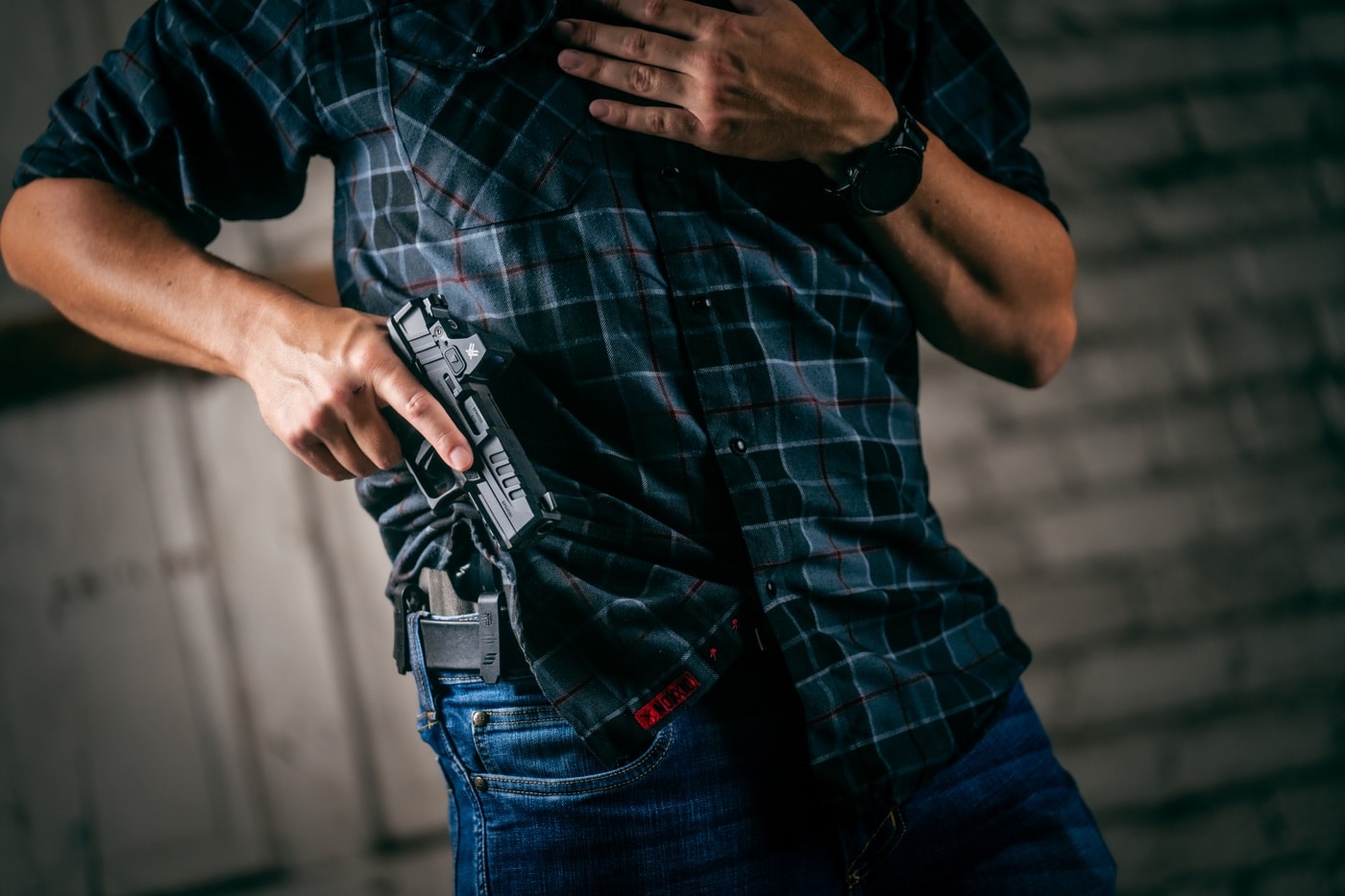
Protection experts use situational awareness as a deterrent. When a predator knows that you are on to them, the element of surprise has been eliminated. This awareness deflates their motivation. Situational awareness also keeps you informed of what your environment is telling you and a step ahead of events that are emerging around you. It keeps you connected to your surroundings and prepared. When effectively applied, situational awareness can be used to take control of your environment, act as a deterrent and make you a harder target.
Threat Indicators
If you are not aware of something, then that something is invisible to you.
What goes unseen can sometimes be the one thing that causes the biggest problem. Being able to identify a threat by using your situational awareness is what affords you the most time and opportunity to control that threat and formulate an immediate response to your environment that could save lives. Once a threat has been identified, this information can then be used to determine your best course of action. How can you do this?
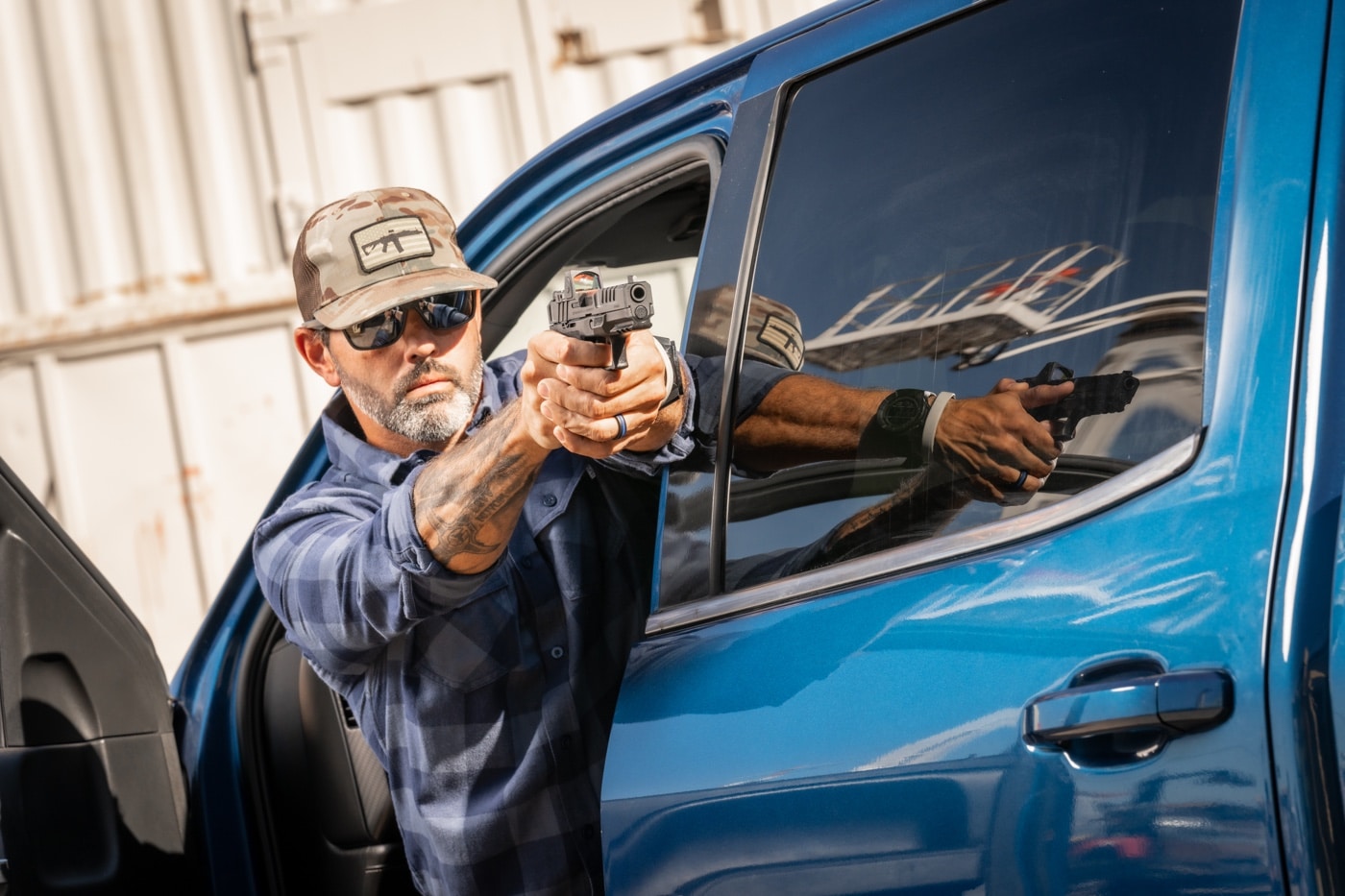
The key to preventing a potential threat from developing into an active threat is to first identify threat indicators. Such indicators are often your only visible clues or observable pre-attack behaviors that something bad is about to happen. Some examples of threat indicators include body posture, eye contact and an intercept course.
Body Posture
How people carry themselves can be an indicator of their intentions. To a trained observer, how and where a person positions their body may indicate a potential threat.
In typical non-threatening situations, most people carry themselves calmly and without tension. They are usually standing “squarely” in front of you with both feet even with their shoulders, commonly referred to as a neutral position. If you find their feet in a bladed position — with one of their feet set back or braced and with the other in front — this affords the attacker a tactical advantage in preparation for a physical strike or rapid aggressive movement.
Eye Contact
Eye contact is one of the earliest detectable indicators of a potential or developing threat. Normal people make normal eye contact. They look you in the eye — but not too intently.
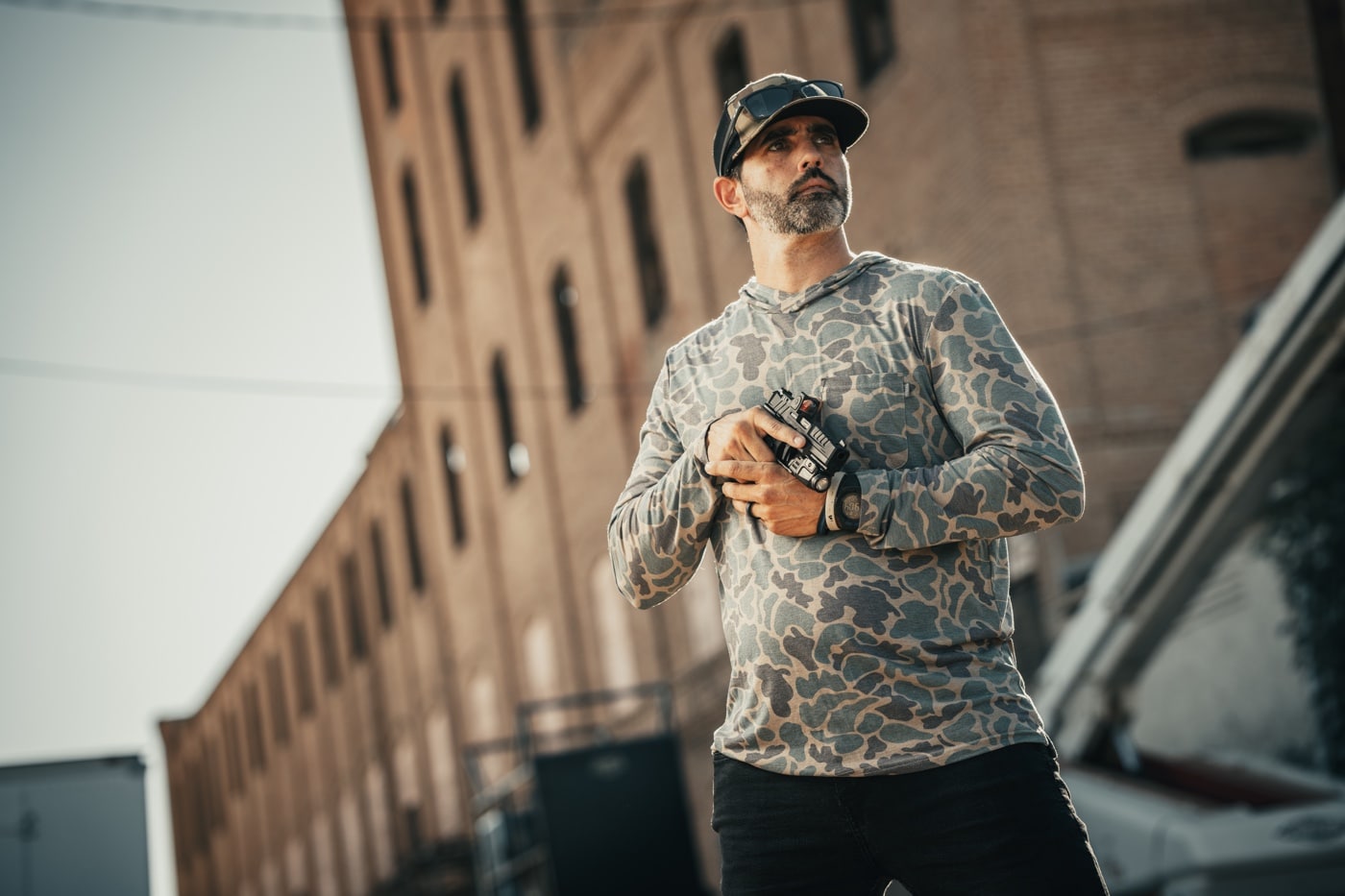
Someone who intends you harm may look intently at you or start sizing you up. Known as giving you the “hairy eyeball”, this will look and feel different than normal eye contact.
Intercept Course
Normal people walk about with self-determination and specific purpose. They generally tend to their own business and are focused on shopping, running errands, or their movement to and from their car. Should their attention shift to you and your movements, such as what you are doing or where you may be going, then this is a pre-attack indicator that should not be ignored.
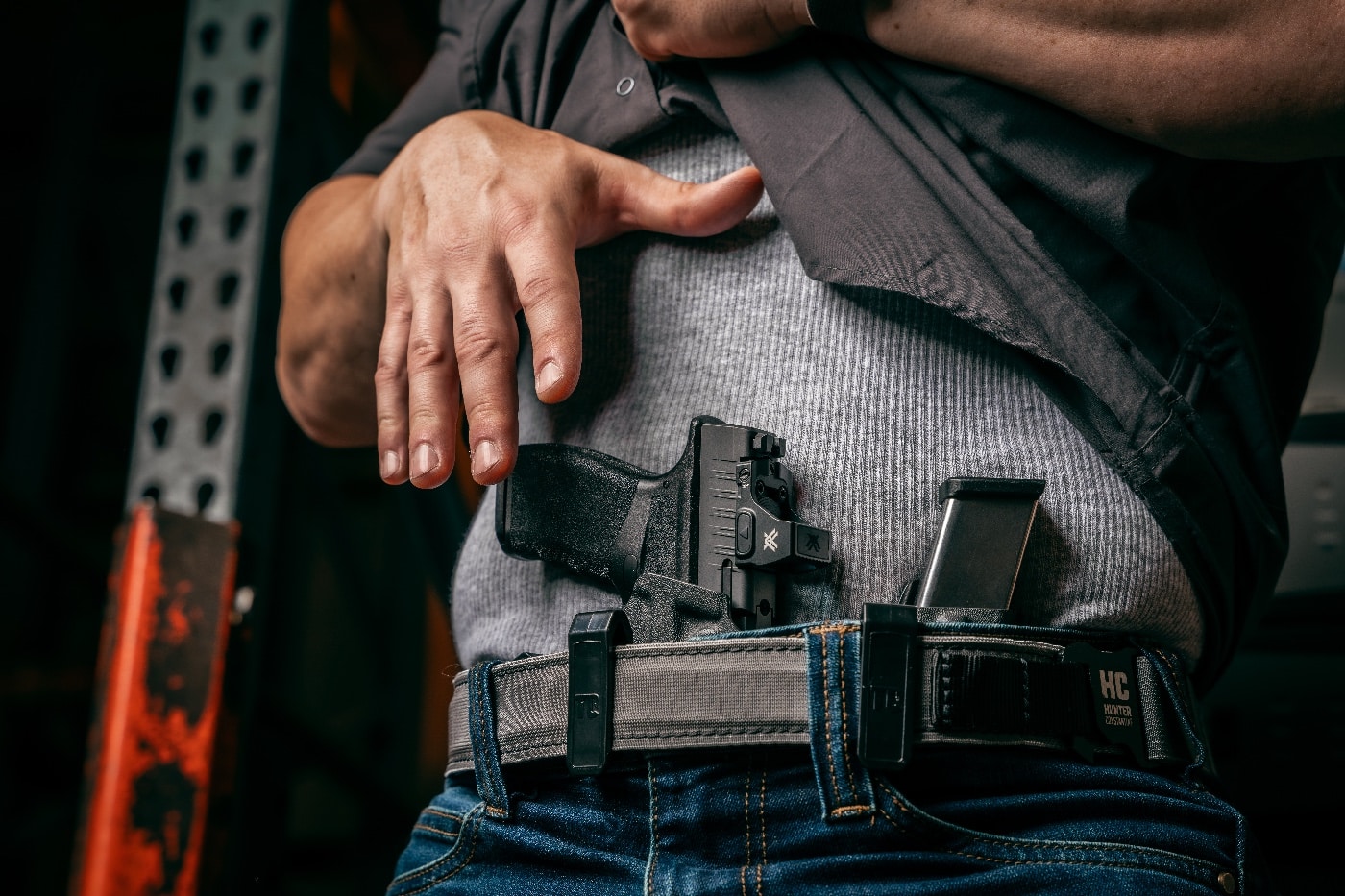
If you accelerate your pace and they match or exceed your pace, then these are red flags that may very well indicate an intercept course to initiate an attack.
Conclusion
Although, they may sometimes be subtle, threat indicators can provide enough information for you to orient yourself to your surroundings, spot a potential threat, make your tactical decision based on updated information and then act on that decision. Threat indicators should be considered red flags and treated as such.
Editor’s Note: Please be sure to check out The Armory Life Forum, where you can comment about our daily articles, as well as just talk guns and gear. Click the “Go To Forum Thread” link below to jump in!
Join the Discussion
Read the full article here





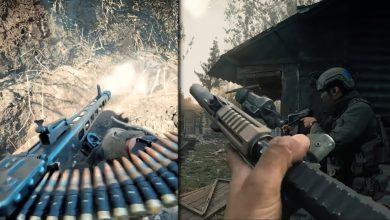
![Best SIG P365 Upgrades [Field Tested] Best SIG P365 Upgrades [Field Tested]](https://i2.wp.com/gundigest.com/wp-content/uploads/Edited-FDEZ-ports-on-Macro-Icarus-Frame.jpg?w=390&resize=390,220&ssl=1)


